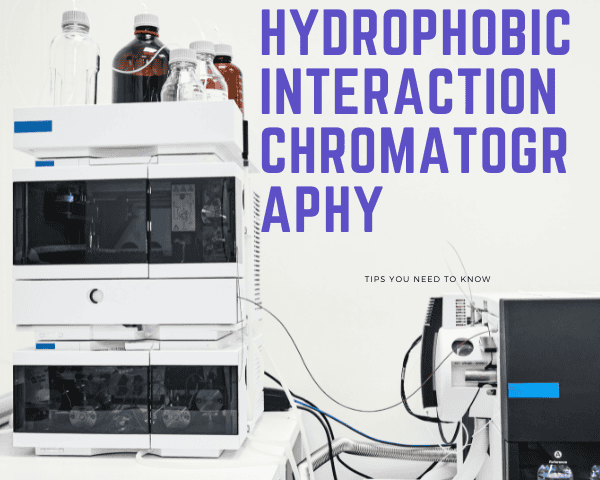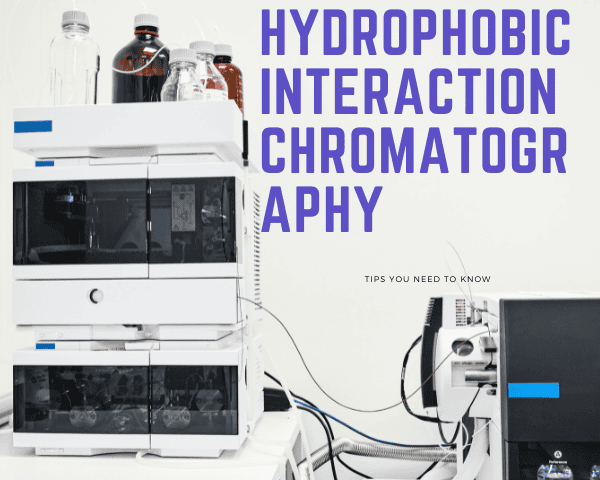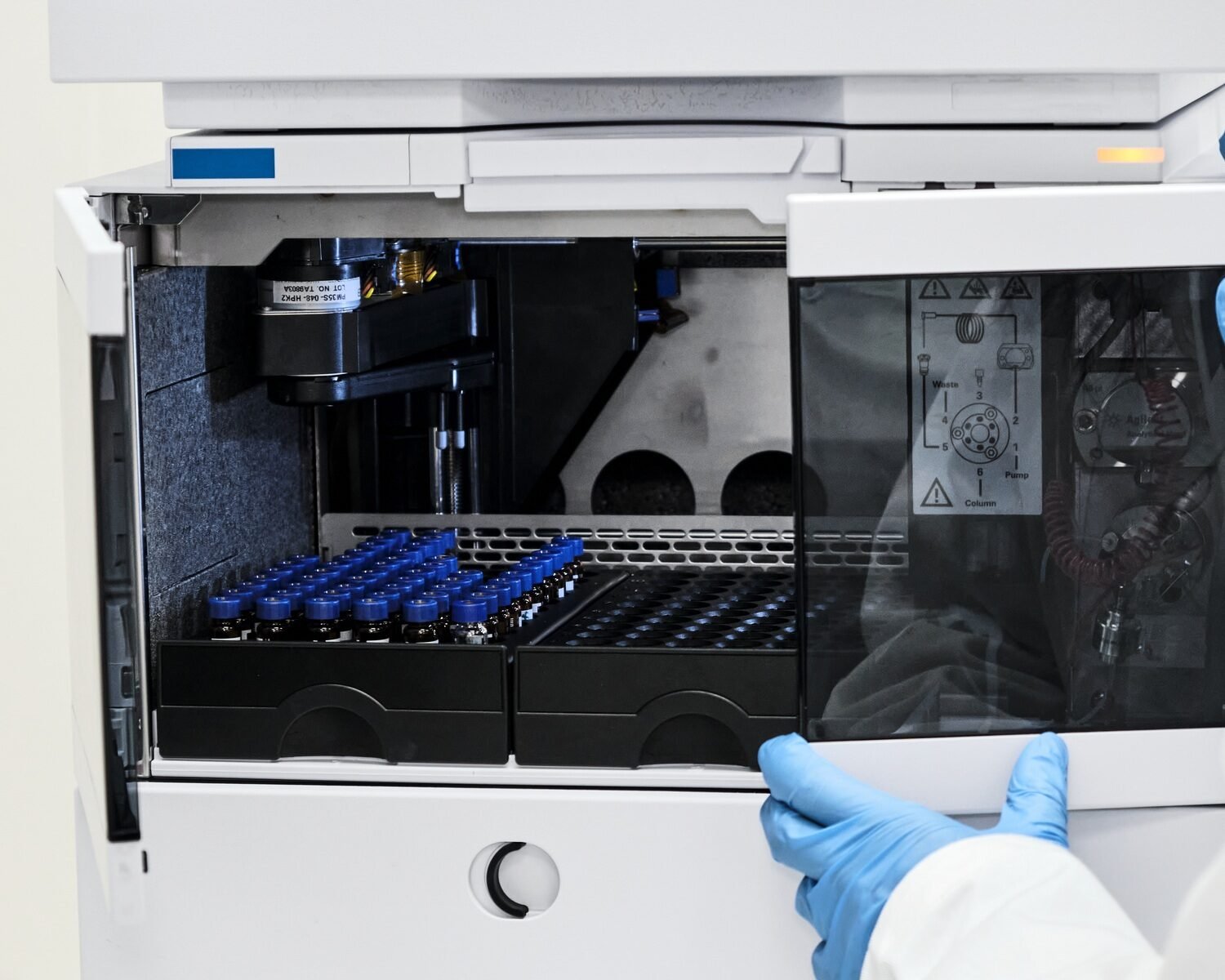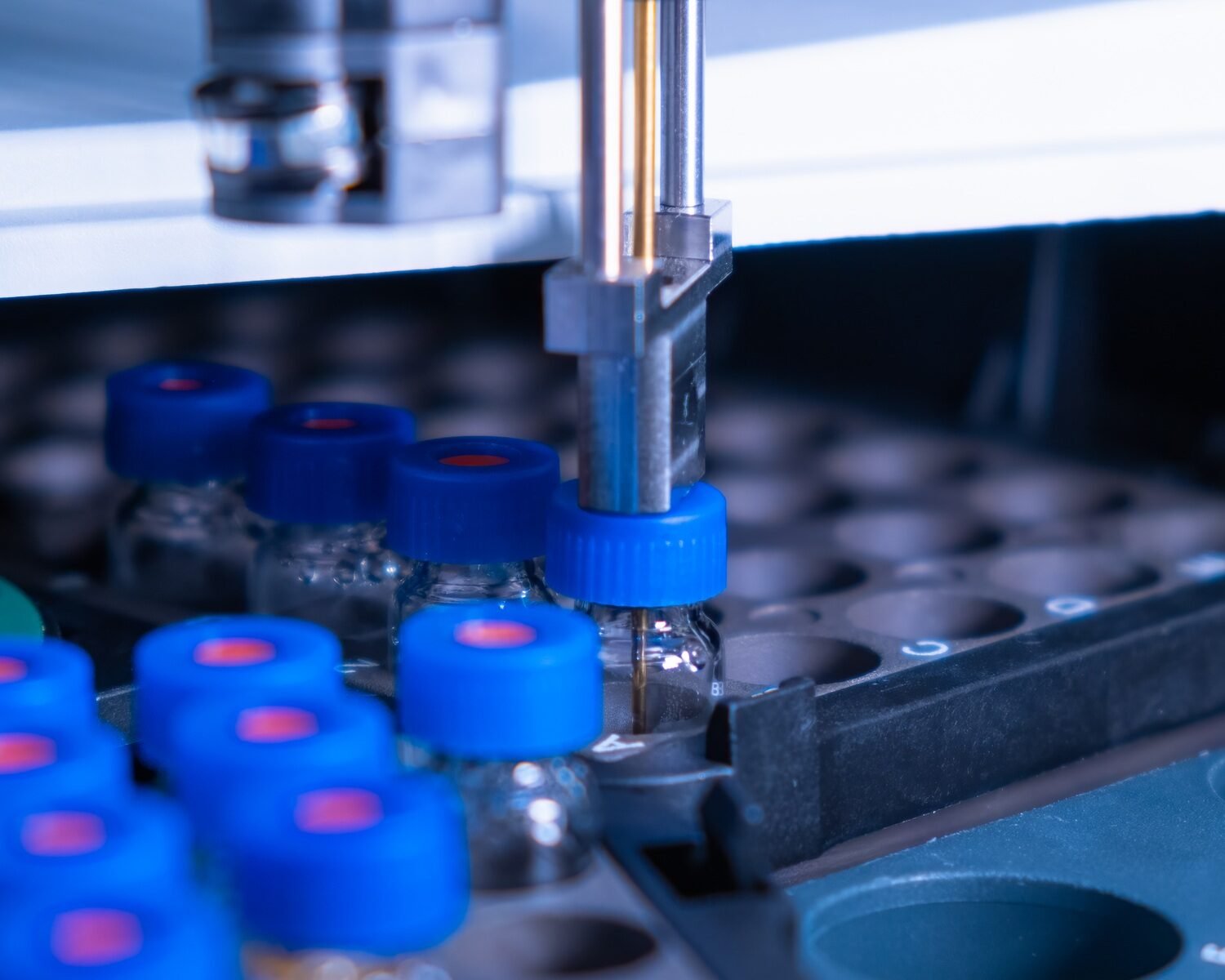Hydrophobic interaction chromatography (HIC) is a powerful technique used in the purification of proteins, peptides, and other biomolecules. This method capitalizes on the hydrophobic properties of molecules to achieve separation and purification, which is essential in various biochemical and pharmaceutical applications. In this article, we’ll delve into the principles, mechanisms, and applications of HIC, providing you with a thorough understanding of how it works.


Answer Section
Hydrophobic interaction chromatography works by exploiting the hydrophobic interactions between biomolecules and a hydrophobic stationary phase under high salt conditions to achieve separation.
Principles of Hydrophobic Interaction Chromatography
Hydrophobic Interactions
Hydrophobic interactions occur when nonpolar molecules or molecular regions associate to avoid contact with water or other polar environments. These interactions are critical in the folding of proteins and the formation of cell membranes.
Role of Salt
In HIC, the presence of high concentrations of salt (such as ammonium sulfate) enhances hydrophobic interactions by reducing the solubility of hydrophobic molecules in water. This “salting-out” effect forces hydrophobic regions of biomolecules to interact more strongly with the hydrophobic stationary phase of the chromatography column.
Mechanism of Hydrophobic Interaction Chromatography
Column Preparation and Equilibration
The HIC column is packed with a stationary phase composed of hydrophobic ligands attached to an inert support, such as agarose or silica beads. The column is equilibrated with a high-salt buffer to promote hydrophobic interactions.
Sample Application
The sample containing the biomolecules of interest is applied to the column in a high-salt buffer. Under these conditions, hydrophobic regions of the biomolecules interact with the hydrophobic ligands on the stationary phase, causing the biomolecules to bind to the column.
Elution Process
Elution in HIC is typically performed by gradually decreasing the salt concentration in the buffer. As the salt concentration decreases, hydrophobic interactions weaken, and the bound biomolecules are released from the stationary phase and eluted from the column.
Applications of Hydrophobic Interaction Chromatography
Protein Purification
HIC is widely used in the purification of proteins, especially those with hydrophobic regions that are exposed during denaturation or in their native state. It is particularly useful for separating proteins based on their surface hydrophobicity.
Peptide Purification
Peptides, which often contain both hydrophobic and hydrophilic regions, can be effectively purified using HIC. This method helps in isolating peptides from complex mixtures.
Separation of Antibodies
Antibodies often require purification steps that maintain their functional integrity. HIC is suitable for antibody purification because it provides a gentle method for separating antibodies based on hydrophobic interactions without denaturing them.
Advantages of Hydrophobic Interaction Chromatography
High Selectivity
HIC offers high selectivity based on the hydrophobicity of molecules, making it a valuable tool for separating closely related biomolecules that differ in their hydrophobic properties.
Mild Conditions
The technique operates under mild conditions that preserve the biological activity and structure of proteins and other biomolecules, which is crucial for functional studies and pharmaceutical applications.
Scalability
HIC is scalable from analytical to preparative and industrial scales, allowing for its use in both research and large-scale production processes.
Challenges and Considerations in HIC
Salt Sensitivity
The high salt concentrations required for effective binding can sometimes pose challenges, particularly for salt-sensitive biomolecules or downstream applications that are adversely affected by high salt.
Optimization
Optimizing the conditions for HIC, including the type and concentration of salt, the nature of the hydrophobic ligands, and the gradient used for elution, is crucial for achieving the desired separation and purity.
Conclusion
Hydrophobic interaction chromatography is a robust and versatile technique that leverages the hydrophobic properties of biomolecules for their separation and purification. By understanding the principles and mechanisms of HIC, you can effectively apply this method to various biochemical and pharmaceutical processes, ensuring high purity and functional integrity of your biomolecules.
In this article, we explored the foundational principles of HIC, the step-by-step mechanism of its operation, and its practical applications. By mastering HIC, you can enhance your laboratory’s capabilities in protein and peptide purification, ultimately contributing to more effective and efficient research and production workflows.











